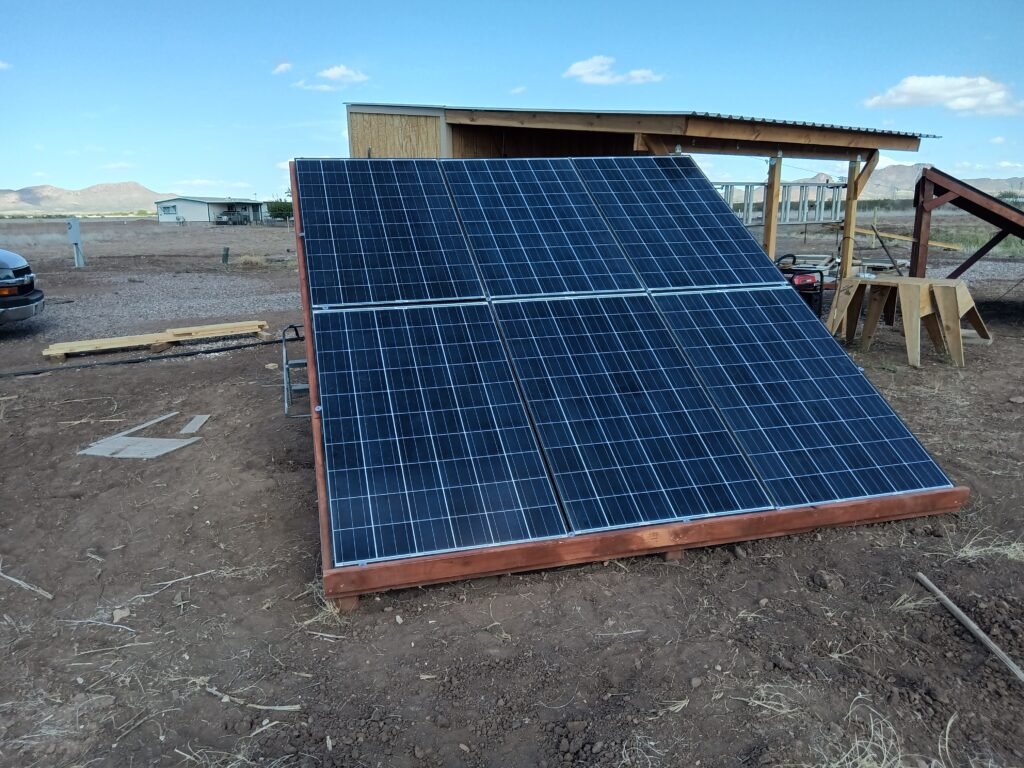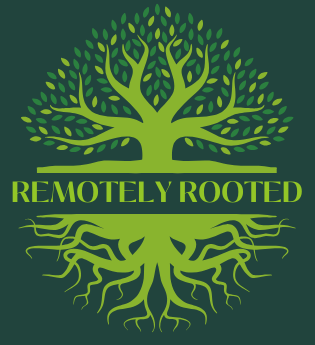
Exploring Internet Connectivity Solutions for Off-Grid Living
Off-grid living often presents unique challenges, particularly regarding internet connectivity. As reliance on digital communication increases, understanding the available options is vital for individuals seeking to stay connected while living away from traditional infrastructure. This section highlights several prominent solutions: satellite internet, cellular data, and community mesh networks, each with distinct advantages and disadvantages.
Satellite internet is a popular choice for remote locations due to its wide coverage area. Providers like Starlink offer high-speed internet with low latency, which can be beneficial for streaming and video calls. However, installation costs can be high, and maintenance may require professional assistance. Additionally, users may experience weather-related disruptions, as heavy rain or snow can impact satellite signals.
Cellular data is another viable option, particularly as cellular networks expand into rural areas. Utilizing 4G and, more recently, 5G technology offers good speeds and reliable service in many regions. However, coverage can be spotty; users must assess signal strength in their specific location before committing to a cellular plan. Additionally, data caps may limit internet usage, which can be a downside for heavy internet users.
Community mesh networks represent an emerging solution worth exploring for those seeking a more collaborative approach. These decentralized systems enable nearby users to share internet connectivity, allowing for enhanced coverage without relying solely on private providers. However, successful implementation depends on community participation and infrastructure investment, which may not always be feasible.
When determining the best internet connectivity solution for off-grid living, individuals should consider their specific needs, including data requirements, budget constraints, and geographical challenges. Gathering insights from case studies of individuals or communities that have successfully implemented these technologies can provide valuable guidance for prospective off-grid residents. Ultimately, the right choice will depend on evaluating the pros and cons of each option and aligning them with personal circumstances and preferences.
Smart Home Automation for Off-Grid Systems
The integration of smart home automation into off-grid systems represents a pivotal advancement in sustainable living. By utilizing smart technologies, homeowners can significantly enhance comfort, energy efficiency, and overall management of their energy resources. In off-grid scenarios, where energy sources such as solar panels or wind turbines are utilized, the demand for efficient power management becomes critical. Smart home devices, designed to consume minimal amounts of electricity, have emerged as essential tools in achieving this balance.
Devices such as smart sensors, lights, and appliances are at the forefront of this integration. For instance, smart sensors can monitor environmental conditions and adjust lighting and heating accordingly, ensuring that energy is used only when necessary. This not only optimizes comfort but also contributes to substantial energy savings. Smart lighting systems equipped with dimmers and motion detection capabilities can turn off when no one is present, conserving valuable energy in an off-grid setting.
Moreover, the role of energy monitoring systems cannot be overstated. These systems provide homeowners with real-time data on their energy consumption patterns, helping them to identify trends and adjust usage accordingly. By utilizing applications that offer insights into energy production and consumption, users can make informed decisions about when to use appliances, ultimately leading to more efficient energy management. Such systems encourage proactive energy use, allowing homeowners to prioritize tasks during peak generation times from their off-grid sources.
In conclusion, smart home automation enhances off-grid living by providing innovative solutions that facilitate efficient energy management. The combination of minimal power requirements and smart technology is integral to optimizing energy use while maintaining comfort and sustainability in off-grid environments. As these technologies continue to evolve, they will play a crucial role in shaping the future of energy consumption for off-grid households.
Remote Monitoring Systems in Off-Grid Environments
As off-grid living becomes more prevalent, the need for effective resource management tools has never been more crucial. Remote monitoring systems play an essential role in off-grid environments, allowing users to keep track of their energy consumption, water usage, and environmental conditions in real time. These systems provide a means to gather and analyze data, ensuring that users can make informed decisions regarding their resources.
Modern technology has advanced the development of remote monitoring systems significantly. One of the key innovations in this domain is the Internet of Things (IoT), which connects various devices and sensors to collect data. These IoT devices can monitor energy production from solar panels, track battery storage levels, and measure water flow in rainwater collection systems. By utilizing IoT-enabled devices, users can gain insight into their energy consumption patterns and water usage, leading to optimized resource management.
In addition to IoT devices, mobile applications have emerged as vital tools for resource monitoring in off-grid locations. Many applications provide a user-friendly interface that allows users to access real-time data from anywhere, enabling remote management of their systems. Features often include notifications for unusual consumption patterns or equipment malfunctions, which can help users address issues promptly. The integration of mobile apps into off-grid setups offers significant advantages by enhancing user interaction with their environment.
Moreover, these systems contribute to environmental sustainability by allowing users to adapt their resource consumption based on the insights gained from the data collected. Adjusting energy usage patterns and water management strategies is easier if users are equipped with accurate information. Consequently, remote monitoring systems not only enhance the efficiency and reliability of off-grid technologies but also empower users to take control of their ecological footprint.
Communication Tools and Emergency Backup Systems
In an off-grid living situation, having dependable communication tools is paramount, especially in emergencies. Various devices are tailored for off-grid residences, with two-way radios, satellite phones, and emergency beacons being among the most essential. Two-way radios provide immediate communication over short distances and are especially useful in scenarios where mobile networks may be unreliable. These devices enable seamless coordination amongst family members and neighbors, facilitating quick exchanges of information during emergencies.
Satellite phones, on the other hand, offer a broader scope of connectivity, allowing users to make calls and send messages regardless of location. This technology is particularly beneficial for those living in remote areas where conventional cellular services are sparse or nonexistent. The reliability of satellite phones can be a lifeline in critical situations, helping individuals coordinate rescue efforts or secure medical assistance.
Emergency beacons serve a vital purpose when more conventional communication methods fail. These devices send distress signals via satellite systems, alerting search and rescue teams to an individual’s location. When used in conjunction with two-way radios and satellite phones, emergency beacons enhance the overall safety of off-grid residents, providing peace of mind in unforeseen circumstances.
However, it is crucial to have reliable backup power solutions to ensure these communication systems function seamlessly. Off-grid homes should be equipped with solar batteries, generators, or other renewable energy sources, allowing essential tools to operate consistently during power outages. Additionally, preparing an effective emergency communication plan tailored for off-grid settings can significantly improve response times during crises. This plan should include designated communication methods, emergency contact lists, and specific procedures for signal transmission in various scenarios.
By integrating these communication tools and establishing robust backup systems, off-grid residents can foster a safer living environment, ensuring they remain connected when it matters most.
